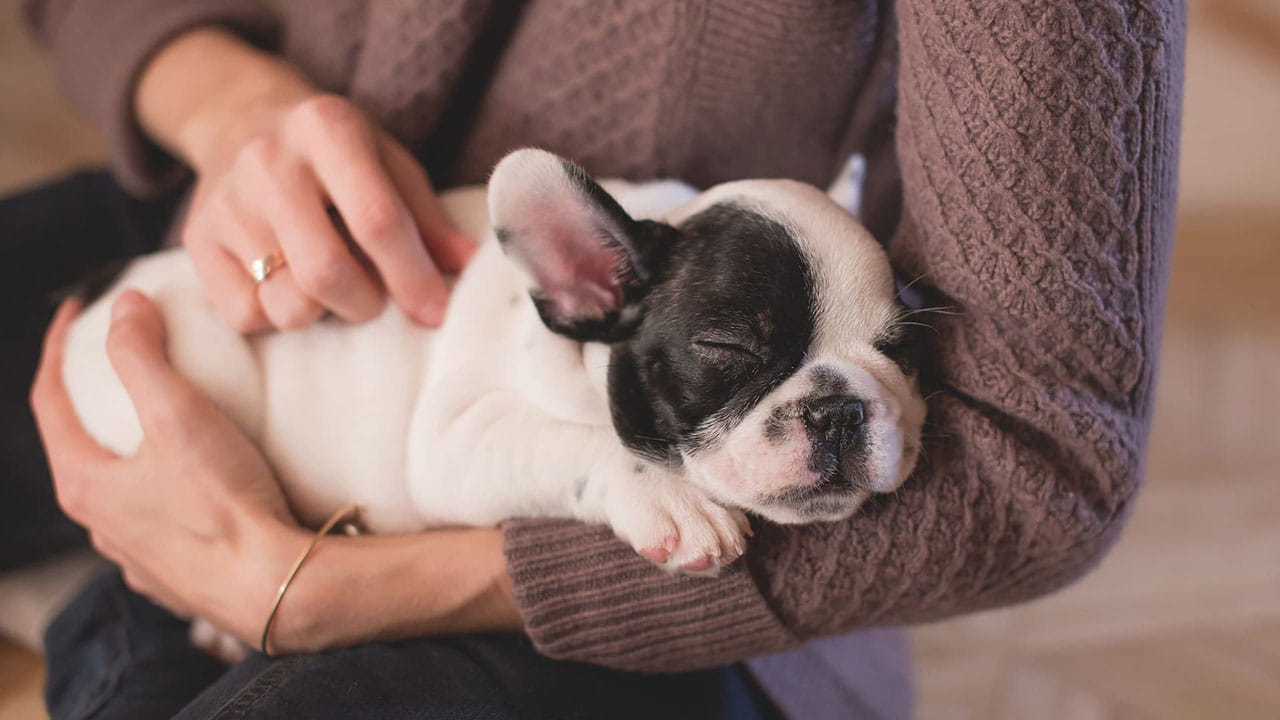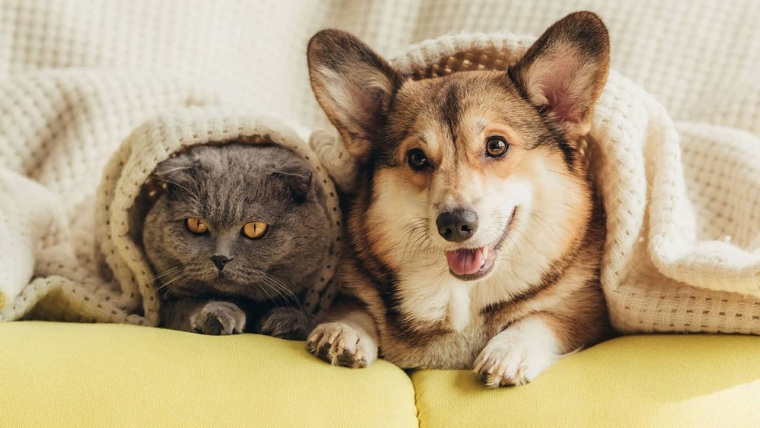
If your dog seems nervous or anxious whenever you leave the house, you must try to figure out what is causing his anxiety. It could be several things, and if you can’t determine the cause right away, you will need to ensure that he gets excellent care until his anxiety has passed. Read on for more information on how to care for a dog that is anxious in your absence.
Causes of Anxiety in Dogs
Anxiety disorders are hard to cure because veterinarians still do not fully understand what causes them. Many factors can make a dog more likely to develop an anxiety disorder. These include genetics, past experiences, changes in their environment, and even medical conditions. This article aims to examine the most common causes of anxiety in dogs and offer some practical suggestions for dealing with anxious pets.
Fear related anxiety
Fear-related anxiety in dogs is very common and often presents itself in many forms, such as Aggression, Aloofness, Anxious behavior.
Separation Related anxiety
Separation anxiety is a behavior problem that causes distress in dogs. It results from the dog forming an unusually strong bond to its owner or confinement space and is characterized by signs of vocalization, destructiveness, and elimination when left alone. Separation anxiety can be quite serious if left untreated due to extreme stress, exhaustion, fearfulness, and possibly long-term health problems.
Age-Related anxiety
A new study has found that dogs’ behavior may change as they age. This is the first study to look at anxiety disorders in older dogs and shows that many changes are similar to those seen in humans. The study looked at dogs over the age of seven and found that as they get older, there is an increase in anxiety disorders such as separation-related problems, thunderstorm phobia, and reluctance to be handled.
Symptoms of Anxiety in Dogs.
Anxiety is the development of intense fear or worries about possible future harm. It’s not easy to judge canine anxiety, but it can be detected in some dogs’ behavior. For example, you may notice your dog becomes protective, destructive, hyperactive, and barking excessively when he’s anxious.
Some of the behaviors exhibited by dogs with anxiety include:
- Nervousness and fearfulness when it’s time for a trip to the vet or groomer or in anticipation of such visits.
- During storms or when fireworks go off. When it’s time for you to leave home.
- When they must be alone for long periods.
- When there are strangers at the door or passing by outside.
- When company comes to your home.
- When you scold them.
- During power outages, which cause loss of normal household routines and schedule disruptions. When you’re angry with them for getting into something they weren’t supposed to, especially if it was your fault.
- When you’re in the throes of a relationship breakup, and they sense it.
- Any time there’s a change in their daily routines or schedules, such as when you start going back to work after being home all day or during family vacations. When they have separation anxiety, that causes them to be destructive when left alone.
Anxiety treatment and prevention in dogs. How to calm your anxious dog?
Training
One of the best ways to deal with anxious dogs is to enroll them in DOG TRAINING. If they’ve been abused before, you should go ahead and hire a professional trainer. Don’t use dog training schools as they are not trained enough to understand how to work with anxiety issues dogs. Get your puppy enrolled at one of those high-end pet resorts immediately. They will train them for about 3 days straight. This might be expensive, but it’s worth it! Your dog will learn to socialize, play ball, build friendships, and trust people again.
Teach Them New Tricks
Just like people, DOGS also feel better when they’ve learned something new. So why not teach them a trick? Tricks can be anything from “sit” to “play dead .”Bring out your inner child and get creative with it! The more tricks you teach them, the more their anxiety will decrease.
Give Them Their Own Space
We have established that dogs are humans too. They have feelings just like us people do! Just because they live in a cage or under a table doesn’t mean you should ignore them all day long. Remember to give them some love now and then so they know how appreciated they are 🙂 You can even buy them a pillow or towel they want one. They’ll love it!
Bring A Human Friend Home
If you’re away from home most of the day, bring a friend over once in a while. It doesn’t need to be someone special. Just ask your simple-minded neighbor or kids next door to come on over with some juice boxes and movies. This way, your dog will learn how to trust humans again. That’s all they want deep down inside their fur-covered hearts 🙂
Make His Life Easier
Let’s face it; anxiety is mostly due to everyday life obstacles that are slowly killing our dogs slowly but surely. Make your dog’s life easier by doing things for them instead of making them do it themselves. So if they have trouble getting up the stairs, carry them. If they have trouble climbing into the car, lift them! You get the idea. Just give your pup some extra love whenever they need it!
Take Them For A Walk
Walking is one of man’s best friend’s favorite activities, so why not take advantage of that? Make sure to take him for a walk every day or at least 3 times a week. Go somewhere new each time so his anxiety won’t go back to square 1. He’ll fall in love with you all over again once these walks start rolling out 🙂
Love And Support
Last but not least, you need to learn how to show unconditional love towards your dog. Simply put, they like to know that you’re there for them no matter what! Hug them, give them some treats. It doesn’t matter as long as the little guy knows he’s loved.
Conclusion
Dogs are social animals that spend their time with humans, and they’re more likely than cats to experience anxiety. There are various reasons your dog might be anxious, which is why it’s important to take the time to understand what might be causing your pet’s stress. One way to help your dog calm down is by teaching them to behave in ways that will reduce their anxiety. This can be done with positive reinforcement or through calming signals. Research has proven that dogs can be trained to recognize and react accordingly to these signals, which can help them avoid situations that cause them anxiety.


